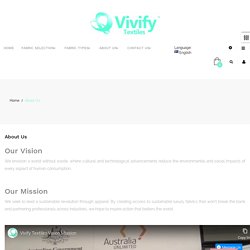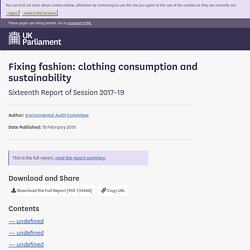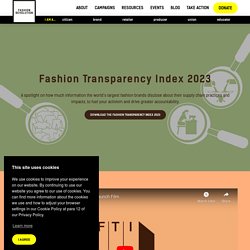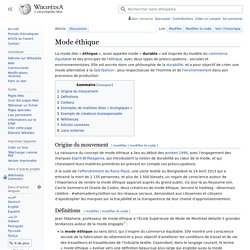

About Us – Vivify Textiles. Our Vision We envision a world without waste, where cultural and technological advancements reduce the environmental and social impacts of every aspect of human consumption.

Our Mission We seek to lead a sustainable revolution through apparel. By creating access to sustainable luxury fabrics that won’t break the bank and partnering professionals across industries, we hope to inspire action that betters the world. Our Objective 1. 2. 3. 4. The Problem and why we exist Vivify Textiles aims to save the environment from overflowing landfills by creating environmental solutions and sustainable fabrics that are produced from fabric waste, PET bottle waste, ghost fishing nets, etc. We collaborate with industry leaders to identify cutting edge renewable textile technologies and implement processes and methods to reduce, reuse, recycle our existing waste (e.g. fabric waste or PET waste) into textiles. We aim to choose the highest quality sustainable fabrics to best meet your everyday business needs.
"The global fashion industry is opaque, exploitative and environmentally damaging" On the second day, the conference moved to the Budapest Chamber of Conference and focused mainly on leadership and social responsibility, equal opportunities and transparency in sustainable fashion, circular fashion, zero waste and environmental impacts.

Carry Sommers, founder of Fashion Revolution, began the day with some important thoughts on transparency being the first step towards transforming the fashion industry. April 24 marks the 6thanniversary of the tragedy at Rana Plaza in Bangladesh, the deadliest garment industry disaster in history, which was inevitable due to the lengthening of the supply chain. “There is a better way to run a fashion brand. The global fashion industry is opaque, exploitative and environmentally damaging. It desperately needs a revolutionary change because so much remains hidden in the production chain and that is when exploitation thrives and tragedies like Rana Plaza happen.
Another key issue raised was that of toxins in the clothes that we wear. Pulse of the Fashion Industry 2017. Fixing fashion: clothing consumption and sustainability - Environmental Audit Committee. 2 The social cost of our clothes Social impact of garment production 23.

Garment production is one of the world’s biggest and most labour-intensive manufacturing industries with estimates of those directly employed ranging from 25 to 60 million people. Since the 1980s many leading Western fashion retailers have been ‘chasing the cheap needle round the planet’ and sourcing their clothes from countries with low labour costs and poor environmental governance. This shift in production has been facilitated by a 90% fall in shipping costs between the late 1950s and 2015, as shipping containers revolutionised trade in goods. 24. Workers work long hours, often far beyond legal limits, for poverty wages and in conditions that breach Occupational Health and Safety (OHS) standards. 25. WHY TRANSPARENCY MATTERS. The average score for all 250 brands and retailers is 23% out of 250 possible points, showing that the world’s biggest brands have a long way to go towards transparency.

H&M is the highest scoring brand this year at 73%, followed by C&A at 70%, Adidas and Reebok at 69%, Esprit at 64% and Marks & Spencer tied with Patagonia at 60%. Gucci is the highest scoring luxury brand at 48%, up from 40% in 2019. Fashion Companies Reach Landmark Sustainability Accord Ahead of G7 Summit. Fashion Pact G7 FR. Face aux défis écologiques, la mode ne se défile plus - Madame Figaro. Mode éthique. La mode dite « éthique », aussi appelée mode « durable » est inspirée du modèle du commerce équitable et des principes de l'éthique, avec deux types de préoccupations : sociales et environnementales.

Elle est ancrée dans une philosophie de la durabilité, et a pour objectif de créer une mode alternative à la fast fashion : plus respectueuse de l'homme et de l'environnement dans son processus de production. Origine du mouvement[modifier | modifier le code] À la suite de l'effondrement du Rana Plaza, une usine textile au Bengladesh le 24 avril 2013 qui a entrainé la mort de 1 135 personnes, et plus de 2 500 blessés, un regain de conscience autour de l'importance de rendre la mode éthique apparait auprès du grand public. Définitions[modifier | modifier le code]